Research / 01
Art et al. commissioned PhD student Chloe Watfern to write a piece alongside Sydney based Studio A artist Lisa Scott, about how to write together inclusively.
Lisa Scott, My Formal Dress, 2018, Embroidered blue velvet and red satin, 50 x 230cm
Hi, I’m Lisa. I’m an artist and a writer.
I’ve been at Studio Artes, and now Studio A, since 2000. I make new friends, and I do paintings and drawings and lots of other things too.
I am over the moon to be working with Chloe on this article. It is hard work, but we are getting paid to do it!
Back in 2019, Chloe and I first got together and talked about my life and my art.
She is a researcher, doing uni.
We gave a presentation at the Australasian Society for Intellectual Disability conference. Later, we turned the presentation into an article for the British Journal of Learning Disabilities.
It’s about how I became an artist. It’s about my past, and about my mum. I had a rough time with my mum. She thought I couldn’t do art, but I showed her the painting I did, and she was shocked.
It’s also about disability, about how we have to work very hard to get a job, and people don’t understand what we talk about.
It’s also about a dress I made. I put words on it: Words from my past, words for my mum, words from my books. I’ve written in lots and lots of books. I don’t know how many I’ve done. I still keep writing in my books.
Hi, I’m Chloe. I’m a researcher and a writer and an occasional artist.
Sometimes I simply write about the work of artists, including artists at Studio A.
But it has been such a pleasure to work with Lisa to write about her life and art.
Over the course of my PhD research, I have learnt about lots of different ways that people with and without intellectual disability can work together.
For example, sometimes people collaborate when they are making art. But I have also learnt about how university researchers collaborate with people with intellectual disability on all kinds of research projects. This is sometimes called “inclusive research”.
I was really excited to collaborate with Lisa as we presented her work to an academic audience.
In disability activism there is a saying, “nothing about us without us”.
It feels good to know that Lisa has been directly involved in telling her own story, alongside me.
I know she already tells her story, clear and strong, through her art making and writing.
Lisa Scott, Skull Face with Purple Flower, 2013, Acrylic and texta on paper, 29.5 x 21cm
Lisa Scott, Coloured Sunshine Skull, 2017, Gouache, texta and posca on paper, 42 x 29.5cm
When I meet up with Chloe, sometimes we get lunch. We talk. Sometimes Chloe asks questions and then she writes down the words I say.
It is relaxing working together and enjoying our friendship. Chloe tells me things about herself too, about her kids and her research. She got to know my cat! She is special, my cat Betty Boo.
For the conference, I had to practice my speech. Sometimes it was difficult to say the words, some of the words were too long so I had to make them shorter.
One time I said to Chloe, “here’s my journals, you can read them.” She said to me, “sure.” So I gave them to her to read them and have a look. It was good for Chloe to read my writing. It was another way for her to get to know me and my story so we could write about it together. Some of the words from my books ended up in our journal article.
Lisa Scott, Journal detail, 2019
I wrote in our article for the British Journal of Learning Disabilities that working with Lisa, “I have found myself acting as an editor, an interpreter, a scribe.”
I have typed up words from her journals, and from our conversations.
I have moved words around, and corrected grammar.
I have often asked myself how much I should intervene.
I have always wanted to stay true to Lisa’s voice when I work with her words.
I have wanted to offer her the skills that I have in writing and reading and editing.
I have wanted to celebrate the skills that Lisa has – as an expert in her own life, as an amazing artist and an evocative writer.
I have wanted to celebrate the many forms that writing, and “knowledge”, can take. For example, Lisa’s dress, an autobiographical artwork, with its hand-stitched words – that’s writing. Her journals – that’s knowledge. In research they have a name – autoethnography!
Lisa Scott, My Formal Dress detail, 2018
It is important to me to have my words in these articles.
I want everyone to share it and read it as well.
I want them to know what disability is like, how they would feel if they had disability or if they had children with disability.
People think I can’t do it. But I say, “watch me!”
I can do it. I have to work very hard, because normal people think I can’t do it. But I can!
—
About the writers:
Lisa Scott is an artist and writer. She works at Studio A in Sydney, which paves professional pathways for artists with intellectual disability.
Chloe Watfern is completing a PhD at UNSW Art & Design, and the Black Dog Insitute, exploring how art works in two studios that support neurodiverse artists and makers.
© All images copyright the artist and Studio A, Sydney
Banner image (darkened and cropped): Detail of Lisa Scott’s Coloured Sunshine Skill
NOTE: Please email Chloe if you would like access to a copy of the jounrnal article - chloe.watfern@unsw.edu.au






